
The Museum of Modern Art (MUMOK – MUseum MOderner Kunst) is a prominent institution in Vienna dedicated to modern and contemporary art.
MUMOK was established in 1962 as the Museum of the 20th Century. It initially focused on collecting and exhibiting works from the 20th century, particularly modernist movements such as Cubism, Expressionism, and Surrealism.
Table of Contents
Expansion and Renaming
In 2001, the museum expanded and relocated to the Museumsquartier (MQ), one of the largest cultural complexes in the world, situated in the heart of Vienna. With this move, the museum was renamed the Museum of Modern Art Ludwig Foundation Vienna (MUMOK), after receiving a significant donation from the Ludwig Foundation.

Courtyard
Collection
MUMOK’s collection comes from a diverse range of artworks of the 20th and 21st centuries, including paintings, sculptures, installations, photographs, videos, and multimedia pieces. It features works by renowned artists such as Pablo Picasso, Andy Warhol, Roy Lichtenstein, Gerhard Richter, and many others.
Classical Modernism:
Expressionism: Works by key figures like Egon Schiele and Oskar Kokoschka, whose intense and emotional pieces are central to this movement.
Cubism: Art by pioneers such as Pablo Picasso and Georges Braque, emphasizing fragmented forms and multiple perspectives.
Futurism: Pieces that capture the dynamic energy and movement associated with technological progress and modern life.
Surrealism: Works by artists like Max Ernst and René Magritte, exploring the unconscious mind and dreamlike scenarios.

Post-War Art:
Abstract Expressionism: Artworks by Jackson Pollock and Mark Rothko, characterized by their large-scale, abstract, and emotive compositions.
Pop Art: Iconic pieces by Andy Warhol and Roy Lichtenstein, featuring bold colors and imagery derived from popular culture and mass media.
Minimalism: Works by artists such as Donald Judd and Dan Flavin, focusing on simplicity, geometric forms, and industrial materials.
European and American Art of the 1960s and 1970s:
Fluxus: Art that emphasizes the process and concept over the finished product, often incorporating performance and interactivity.
Conceptual Art: Works by Joseph Kosuth and Sol LeWitt, where the idea behind the artwork takes precedence over traditional aesthetic and material concerns.

Viennese Actionism:
A unique and provocative movement that emerged in Vienna in the 1960s, featuring artists like Günter Brus and Hermann Nitsch, known for their radical and performance-based works that challenge social and artistic norms.
Contemporary Art:
The collection includes cutting-edge works by contemporary artists from around the world, reflecting current trends and themes in the art world. This includes video art, installations, digital art, and multimedia projects.

Exhibitions and Programs
MUMOK regularly hosts temporary exhibitions, retrospectives, and thematic presentations that explore various aspects of modern and contemporary art. It also organizes educational programs, lectures, workshops, and guided tours to engage audiences and promote dialogue about art and culture.

You can find such installations at the courtyard too. At the moment, this enormous net installation by American artist Janet Echelman can be seen until October 10, titled “Earthtime 1.78 Vienna” .
Twenty SolaFrame 3000 lights have been installed to “Earthtime 1.78 Vienna” in order to illuminate the show. The installation is a transparent fishing net sculpture in blue and red colors.
It is 44 meters long and 35 meters wide, and hovers like a colorful cloud at the Museumsquartier‘s courtyard.
The piece was installed in connection to the 20th anniversary of the Museumsquartier.
Architecture
The museum’s building in the Museumsquartier is a striking modernist structure designed by Austrian architects Ortner & Ortner. Its distinctive black basalt facade and angular form make it a prominent landmark within the MQ complex.
Monolithic Structure:
The museum’s building is characterized by its monolithic appearance, resembling a massive, solid block. This robust and imposing structure contrasts sharply with the historical architecture of Vienna, making it a standout in the MuseumsQuartier.
Facade:
The exterior is clad in dark grey basalt lava stone, giving the building a sleek and industrial look. The textured surface of the stone adds depth and visual interest while maintaining a minimalist approach.
Minimalist Design:
The building’s design is clean and minimalistic, with a focus on simple geometric forms and lines. This simplicity allows the architecture to serve as a neutral backdrop for the art displayed inside.
Interior Spaces:
Inside, the museum features spacious, well-lit galleries that are designed to accommodate a variety of art forms, from large-scale installations to more intimate pieces. The use of natural light is maximized through strategically placed windows and skylights, creating an inviting atmosphere for visitors.
The interior is flexible, with movable walls and adaptable spaces that can be reconfigured to suit different exhibitions and events. This versatility is essential for a museum dedicated to contemporary art, which often requires innovative display solutions.

Functional Layout:
The layout of the museum is logical and easy to navigate, with clear pathways and signage guiding visitors through the various exhibition spaces. The design ensures that each gallery flows seamlessly into the next, enhancing the overall visitor experience.
Amenities such as a café, bookstore, and educational spaces are integrated into the building, providing a comprehensive cultural experience.
Integration with MuseumsQuartier:
MUMOK is part of the larger MuseumsQuartier complex, and its architecture harmonizes with the surrounding cultural institutions. The building’s placement and design foster a sense of connectivity and dialogue between the different museums and galleries in the area.
International Collaboration
MUMOK collaborates with other museums and cultural institutions worldwide to exchange artworks, curatorial expertise, and research resources. This fosters cross-cultural dialogue and enriches the museum’s offerings with diverse perspectives.
Overall, MUMOK has played a vital role in Vienna’s cultural landscape, serving as a hub for modern and contemporary art and attracting visitors from around the globe. Its dynamic exhibitions, extensive collection, and commitment to innovation continue to make it a leading institution in the art world.

--------------------------Book your Vienna stay here!--------------------------
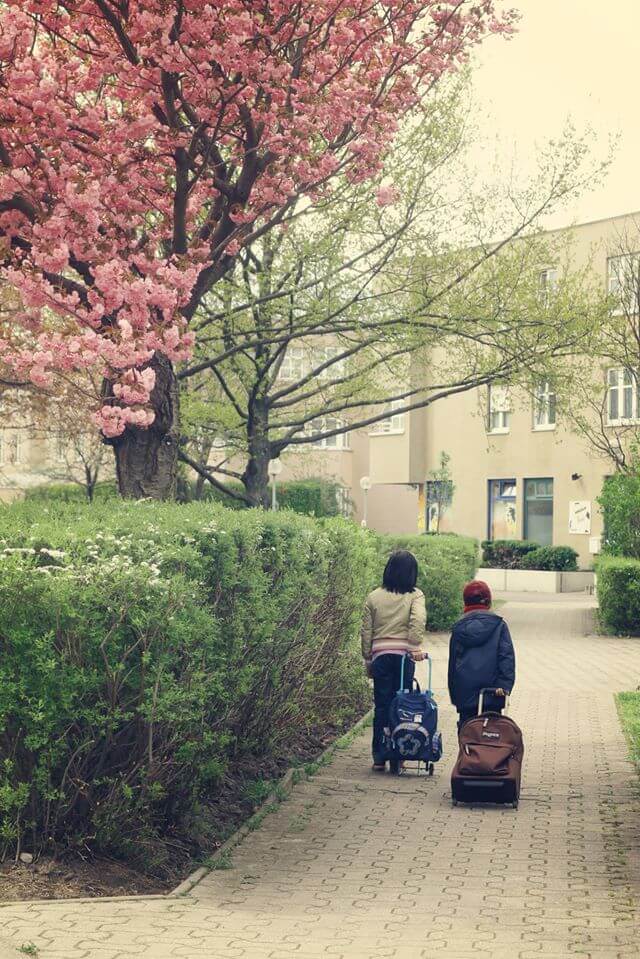


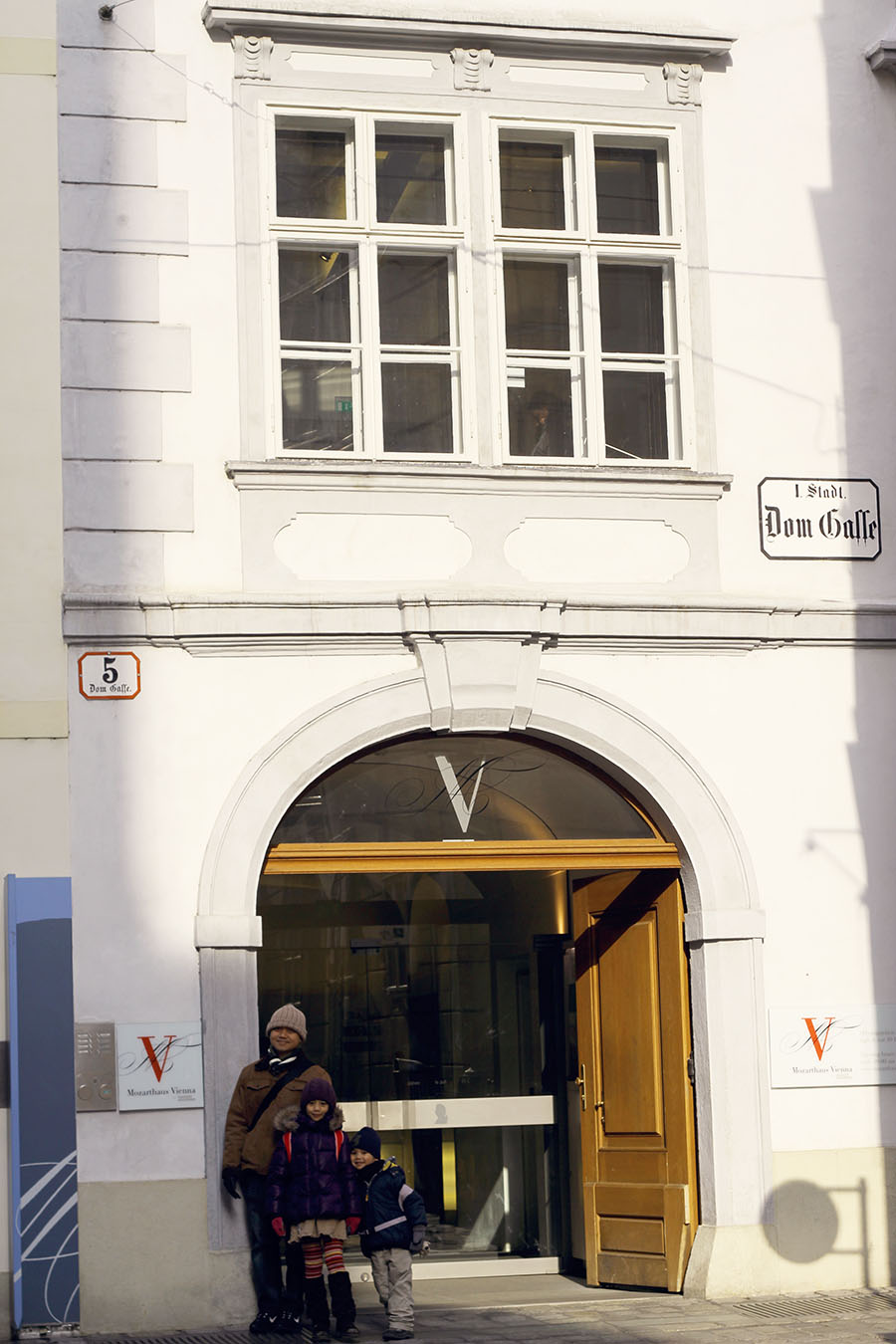
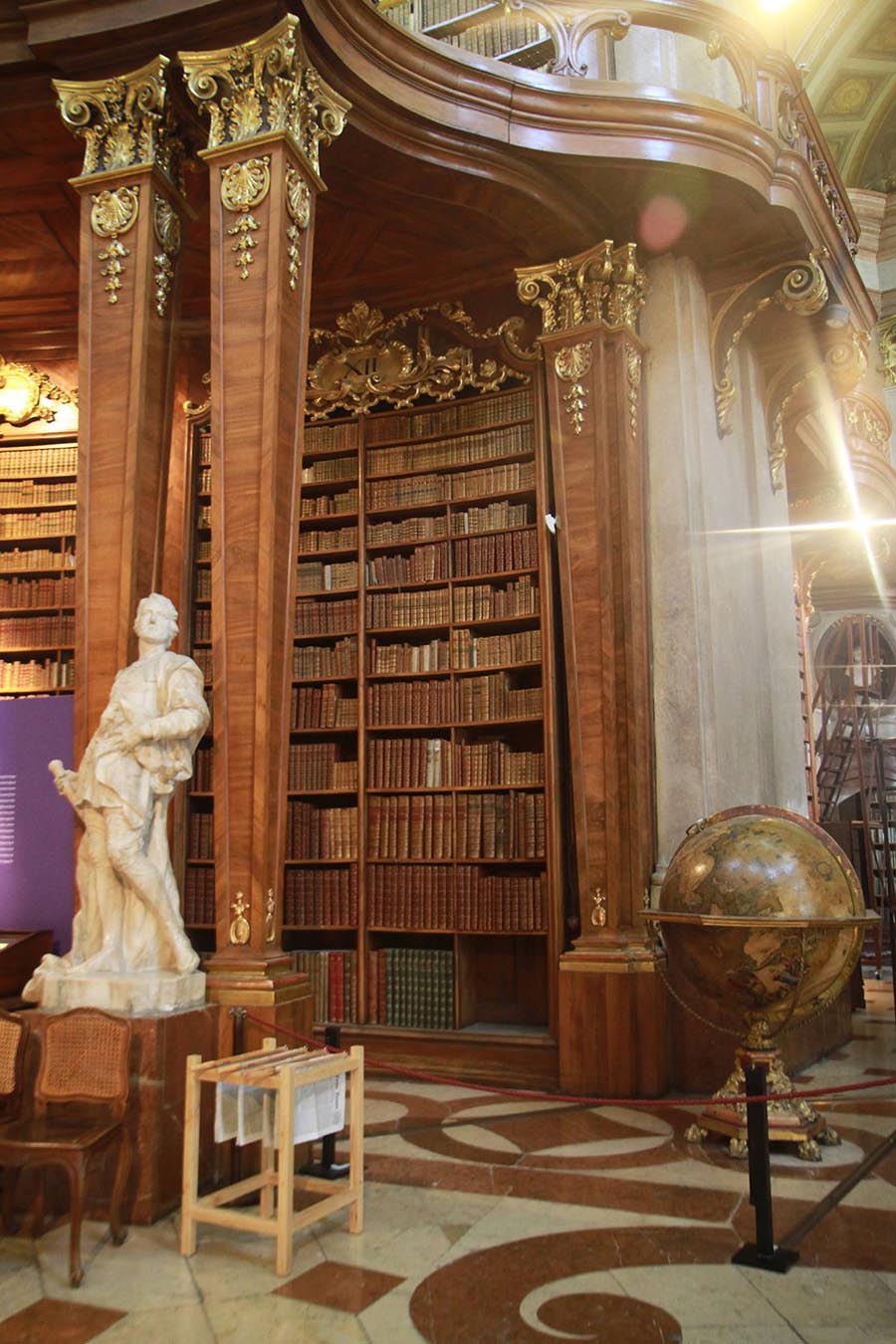
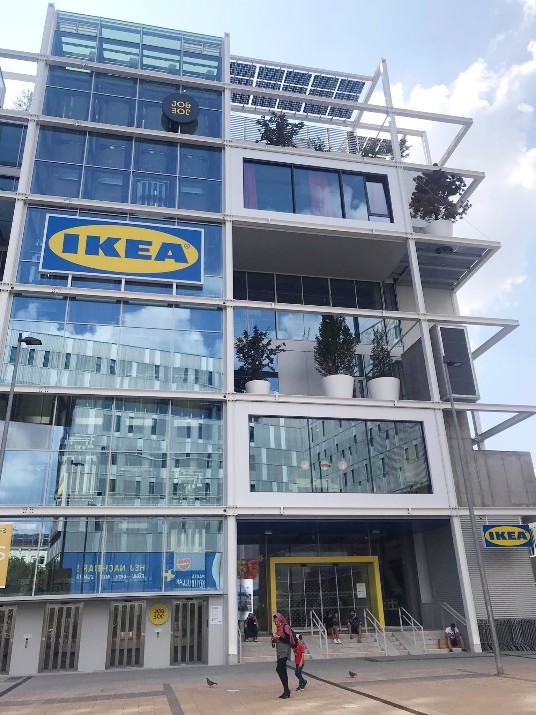
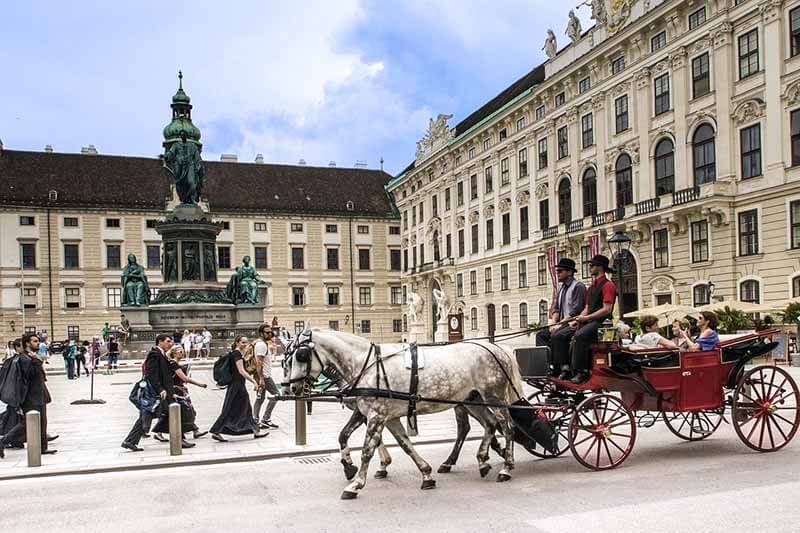





Leave a Reply